News & Views, Volume 49 | Mission Critical Applications to Support the Mega-Rule
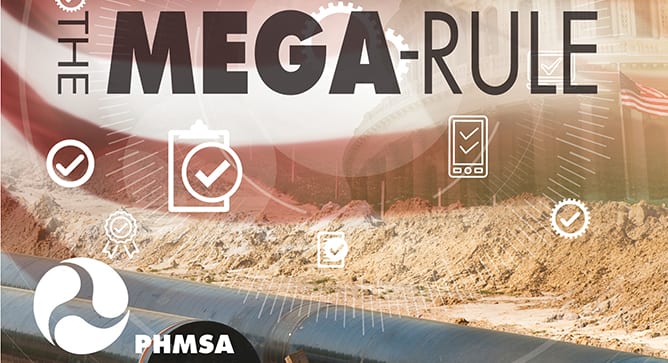
On October 1, 2019, the Pipeline and Hazardous Materials Safety Administration (PHMSA) published amendments to 49 CFR Parts 191 and 192 in the Federal Register, issuing Part 1 of the Gas Transmission Mega-Rule. This new regulation is commonly referred to as the Mega-Rule since it represents the most significant regulatory impact on gas transmission pipelines since the original Gas Transmission Integrity Management Program (TIMP) Regulation was issued in 2003
The original Notice of Proposed Rulemaking (NPRM) issued in April, 2016 was split into 3 Parts, with the first Part (Mega-Rule 1) including specific requirements to address congressional mandates in the 2012 Pipeline Safety Reauthorization, and other pipeline safety improvements, including:
- Maximum Allowable Operating Pressure (MAOP) Reconfirmation (§192.624),
- Material Verification (MV) (§192.607),
- Engineering Critical Assessments for MAOP Reconfirmation (§192.632),
- Analysis of Predicted Failure Pressure (§192.712),
- Assessments Outside of High Consequence Areas (HCAs) (§192.710),
- Additional Requirements to Evaluate Cyclic Fatigue (§192.917(e)(2)), and
- Additional Analysis of Electric Resistance Welded (ERW) Seam Welds (§192.917(e)(4))


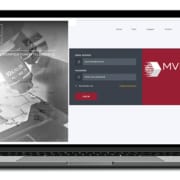
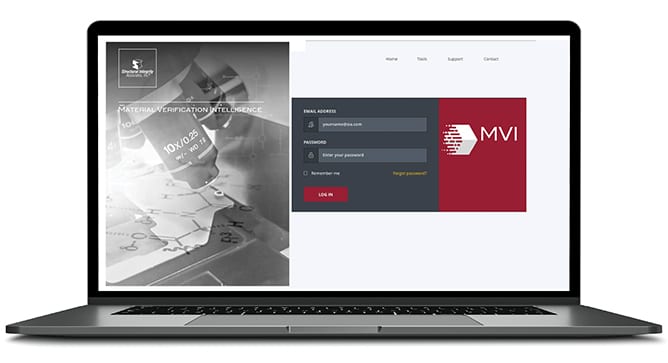
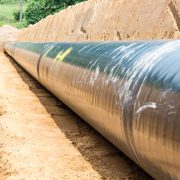
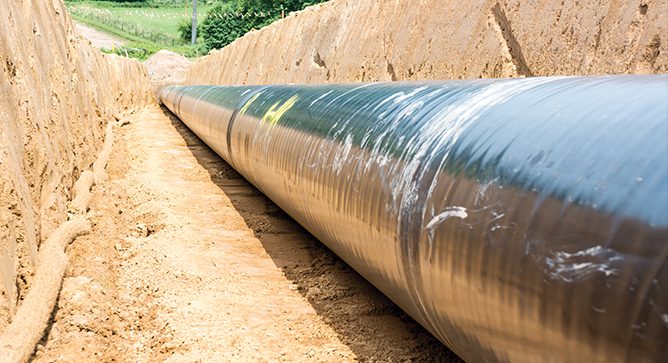 In January 2012, the Pipeline Safety, Regulatory Certainty, and Job Creation Act of 2011 was signed into law directing PHMSA to take steps to further assure the safety of pipeline infrastructure.
In January 2012, the Pipeline Safety, Regulatory Certainty, and Job Creation Act of 2011 was signed into law directing PHMSA to take steps to further assure the safety of pipeline infrastructure.